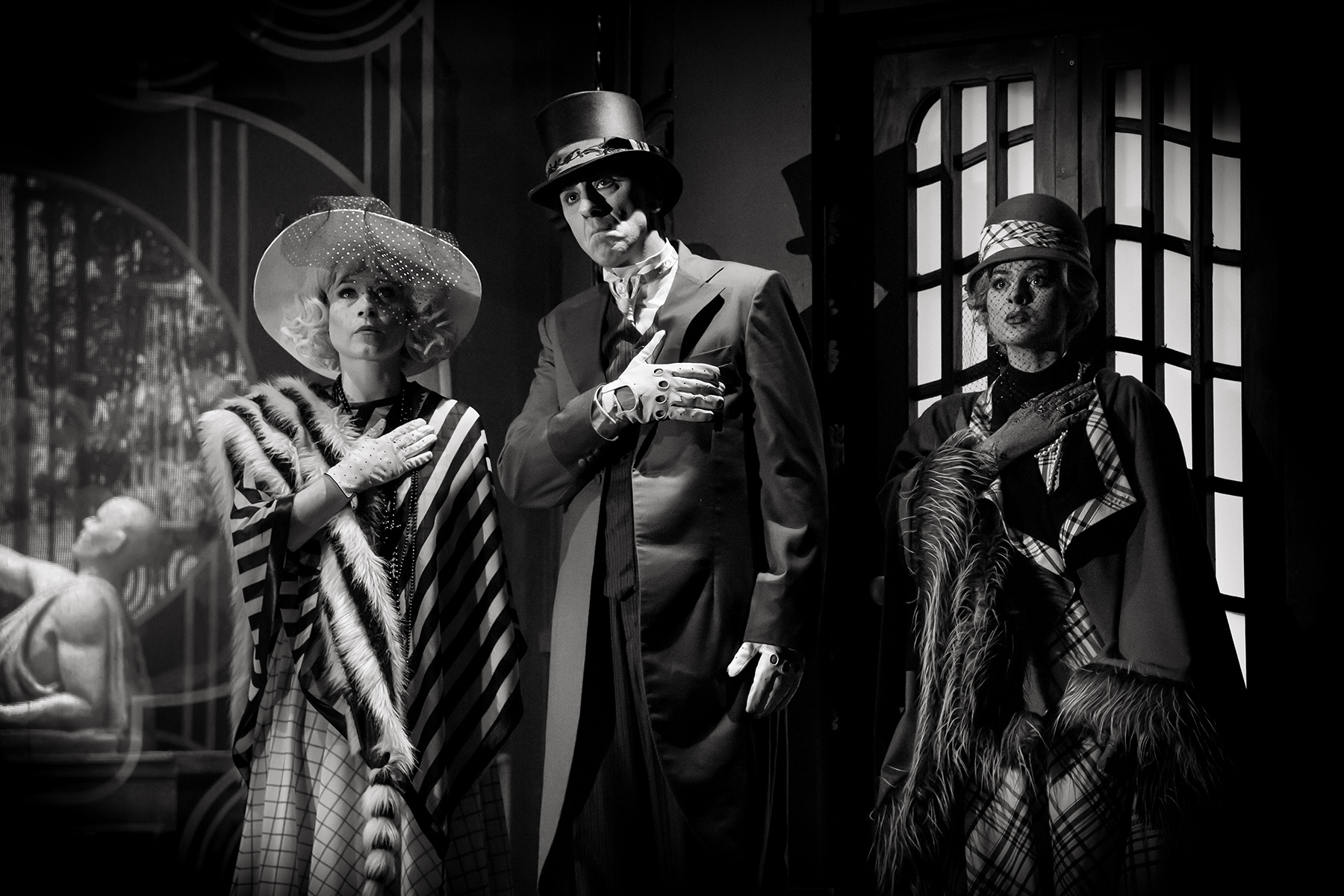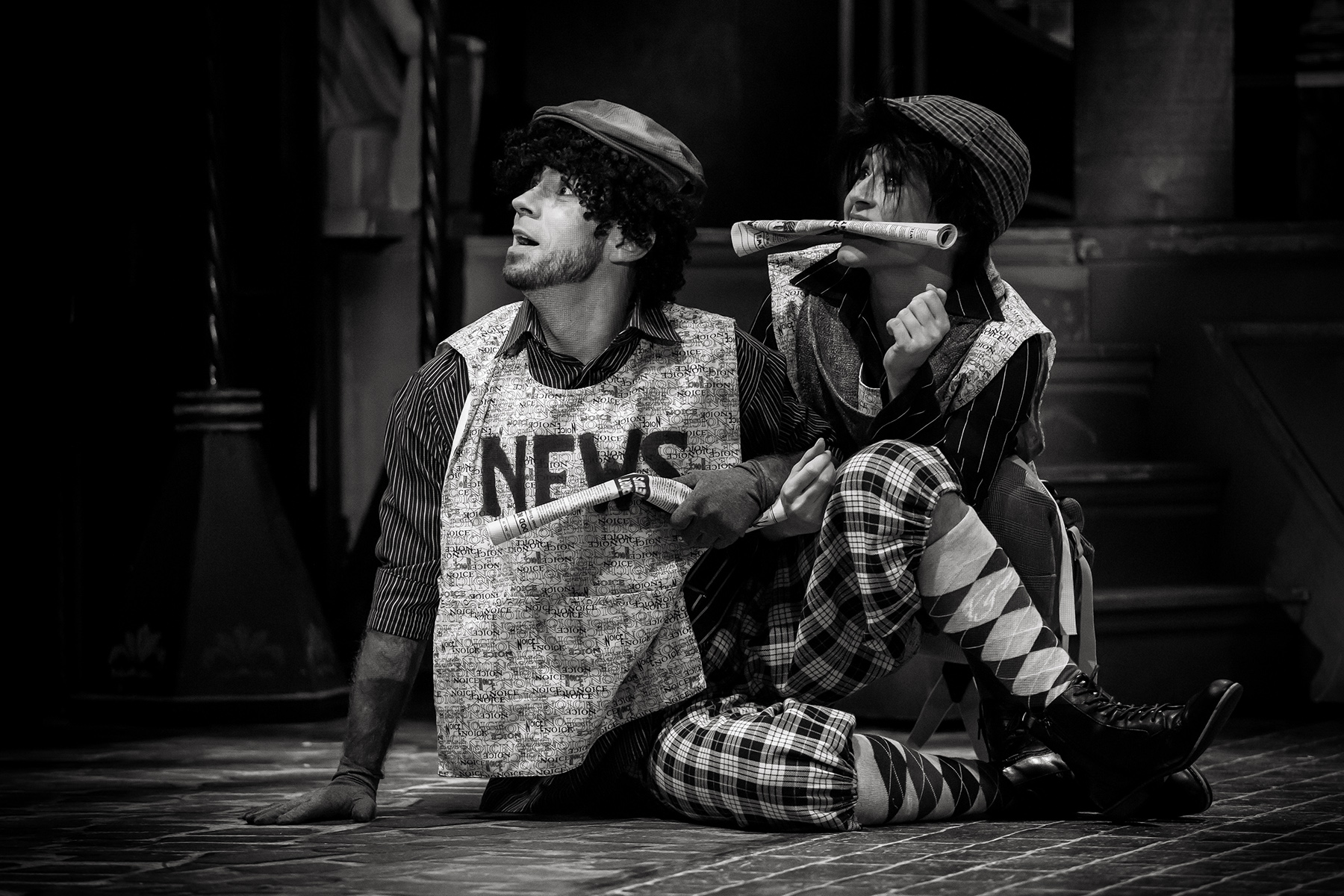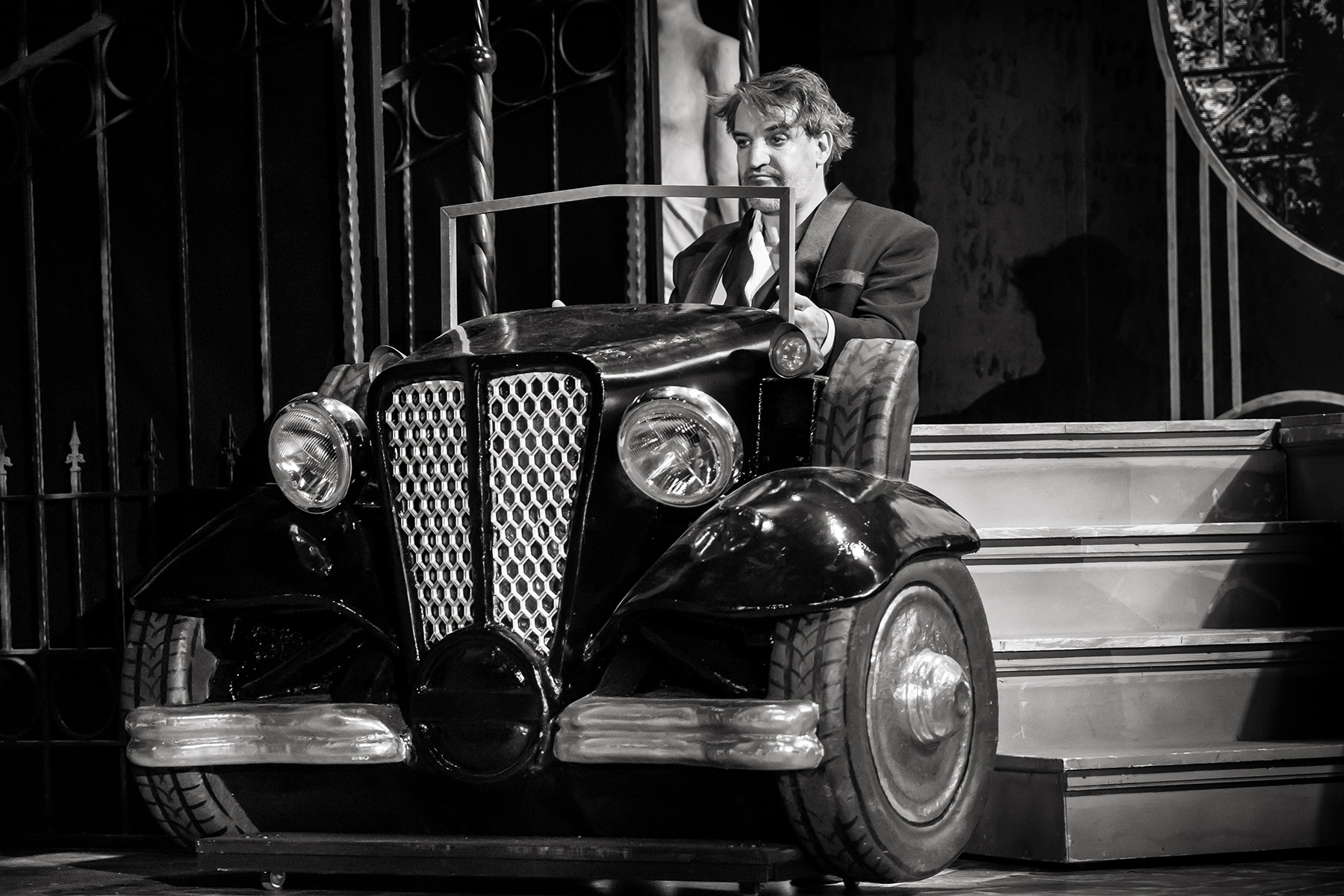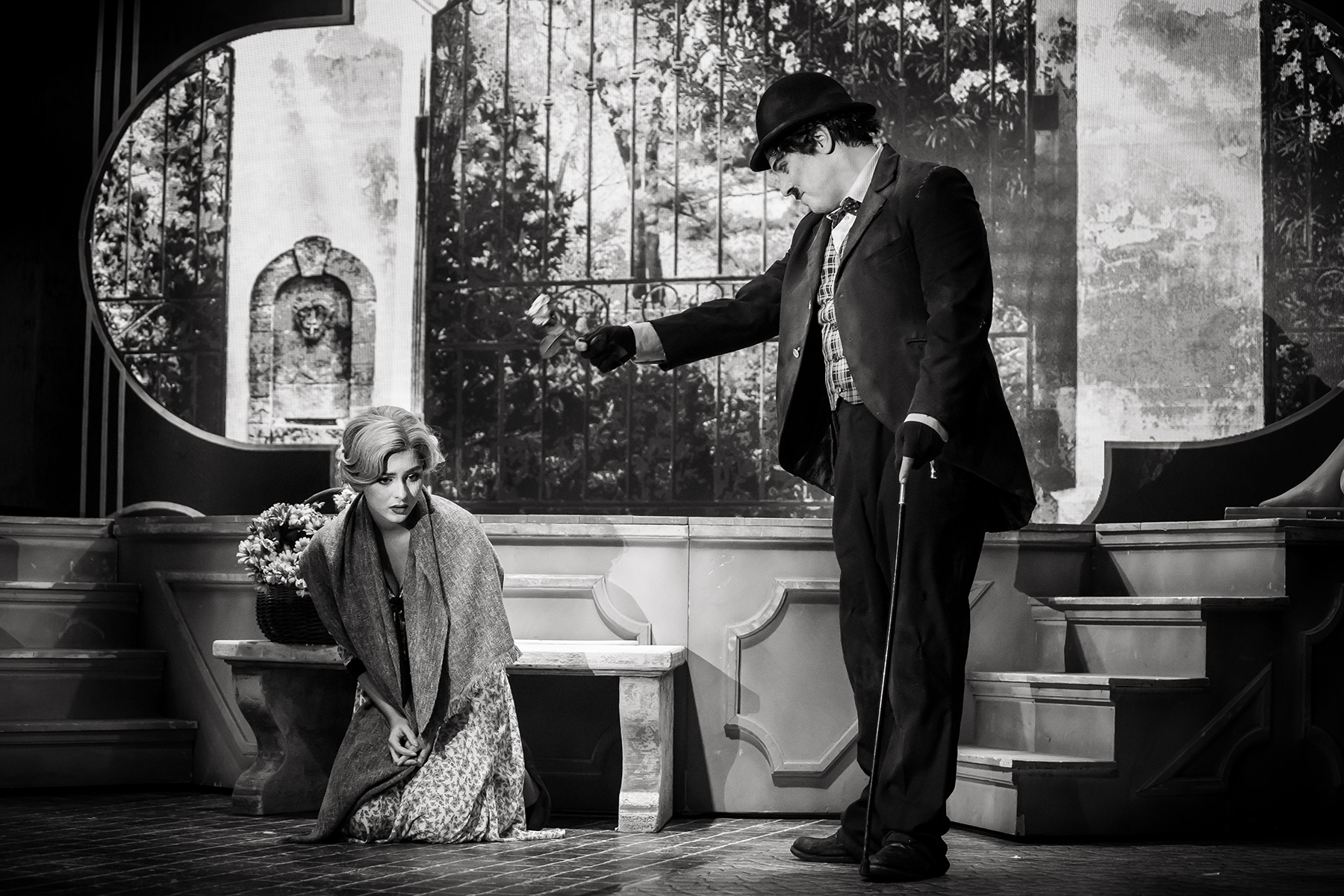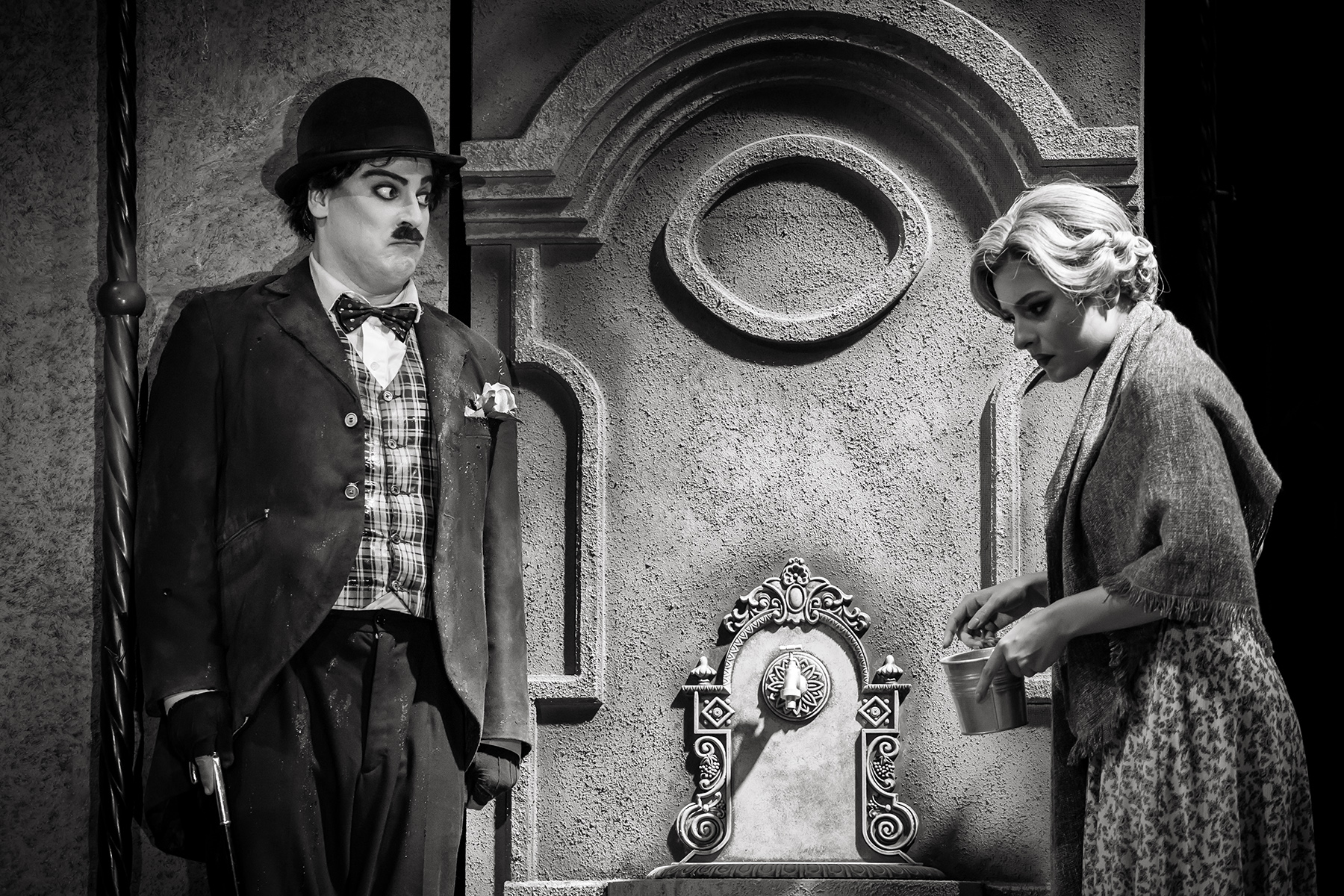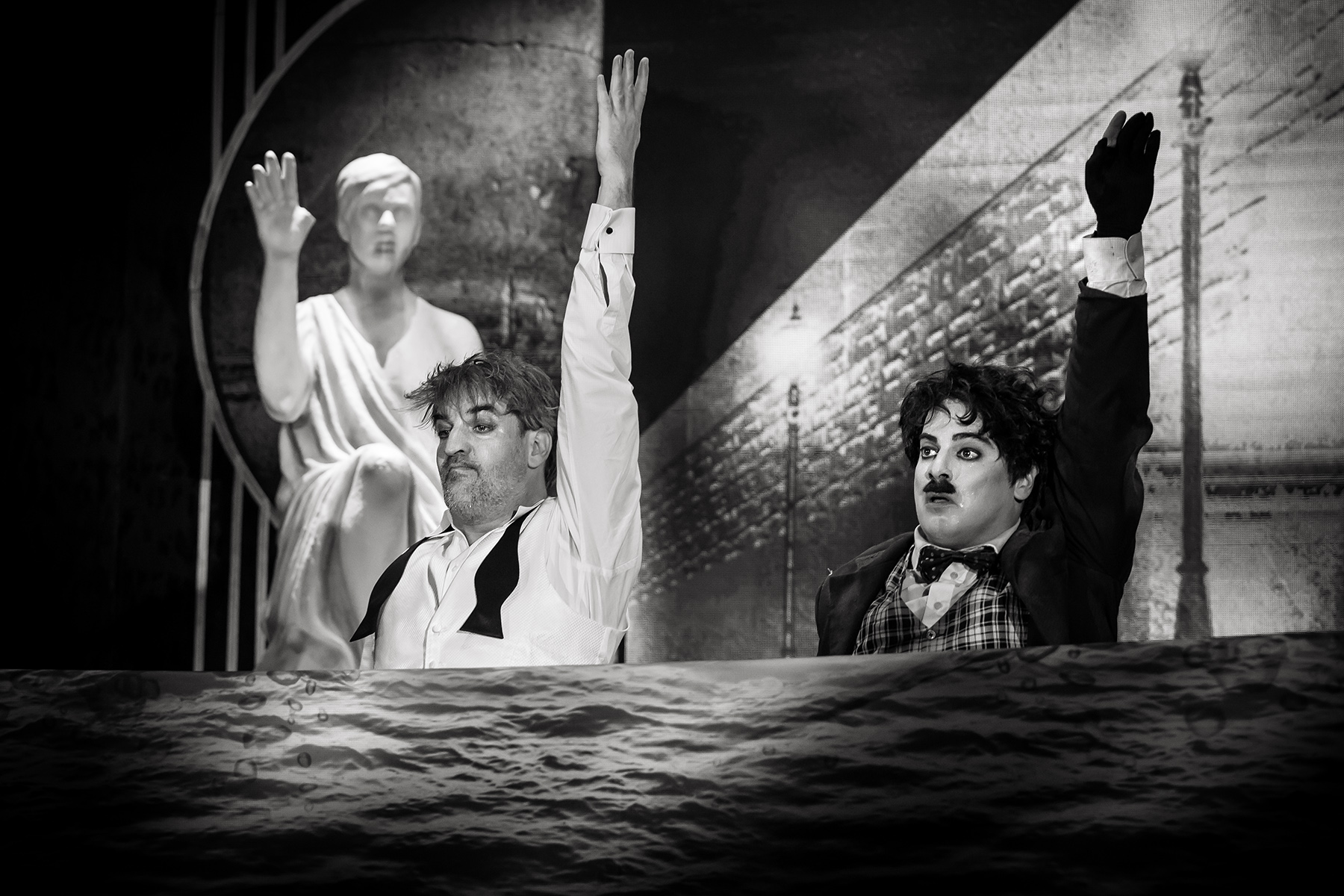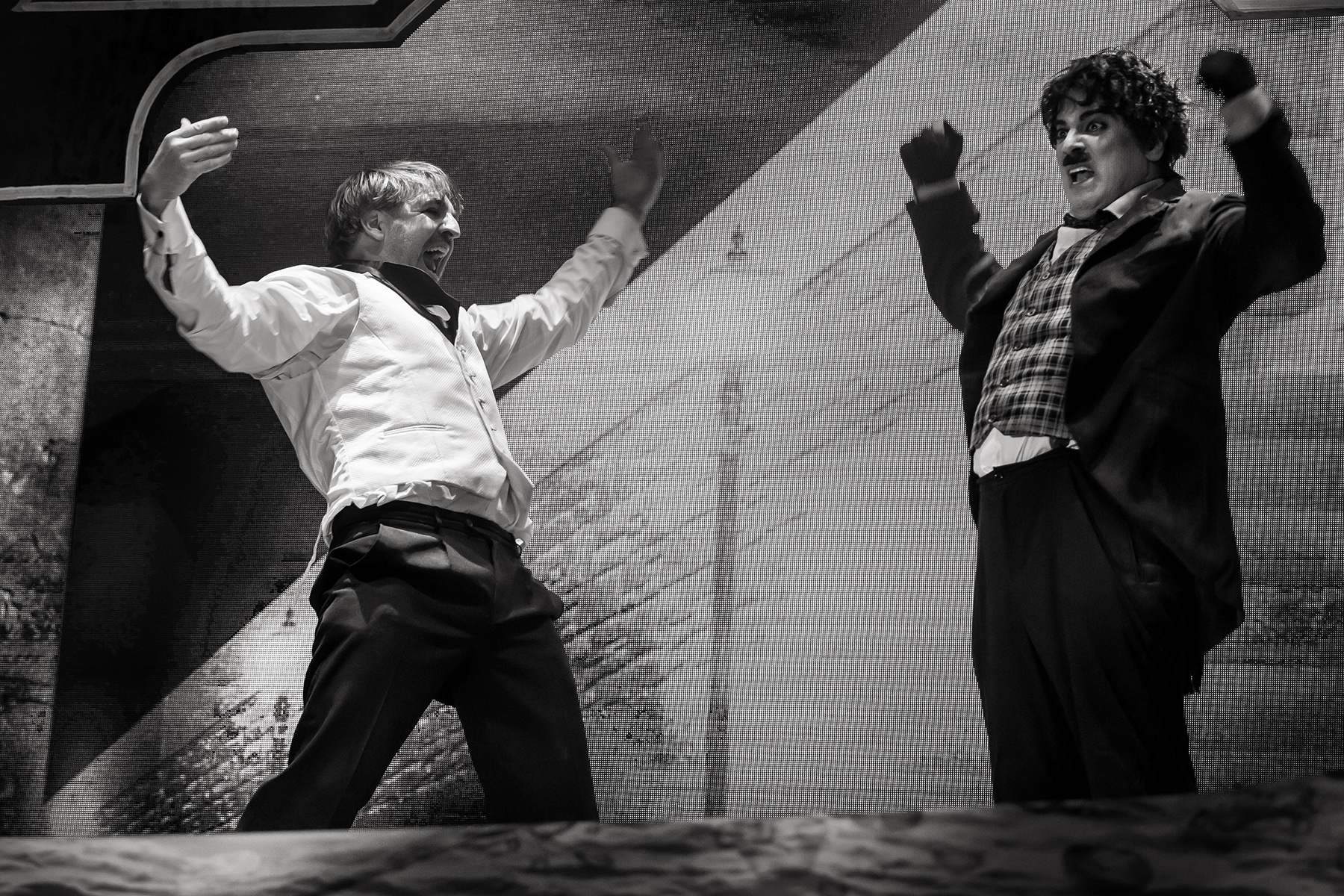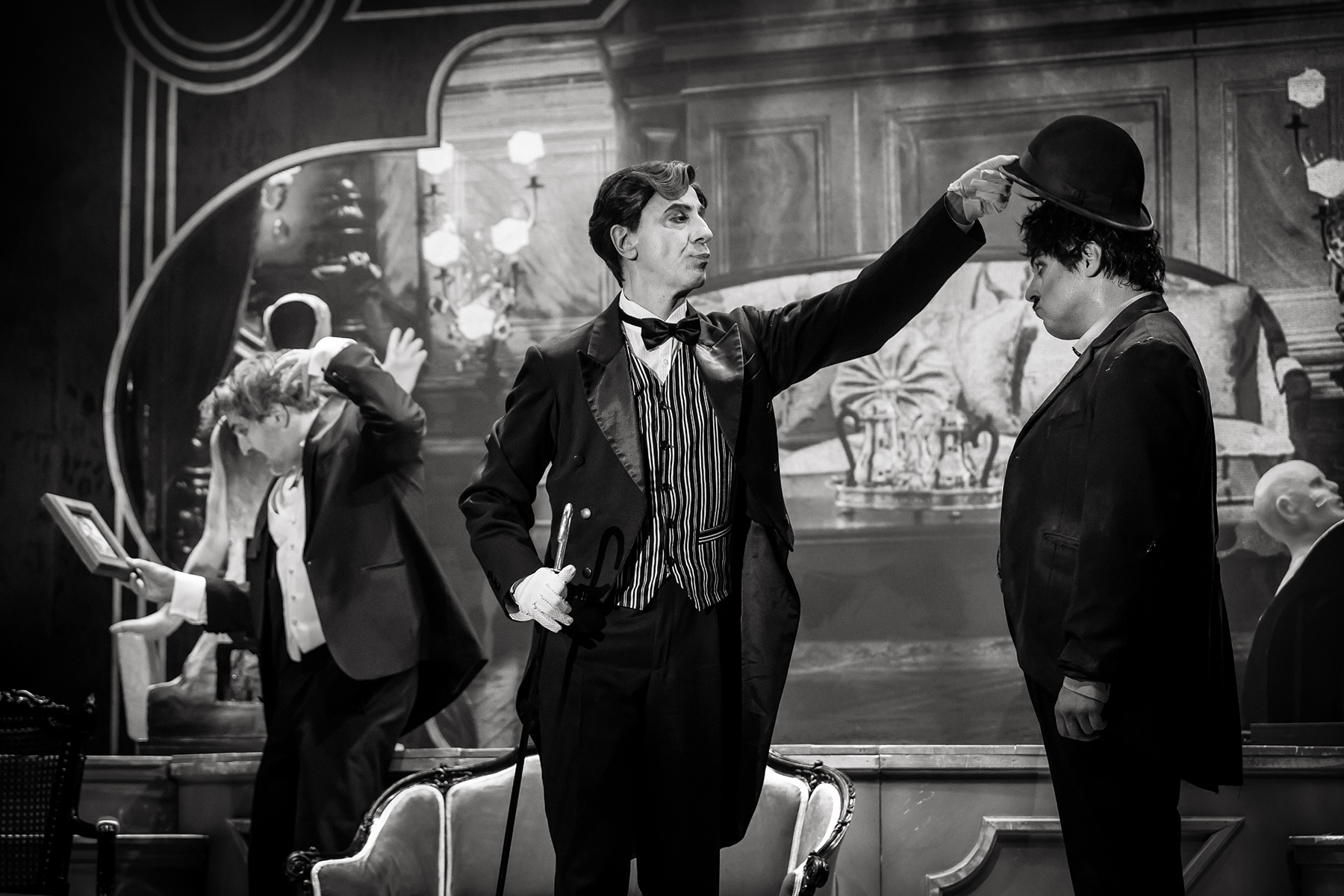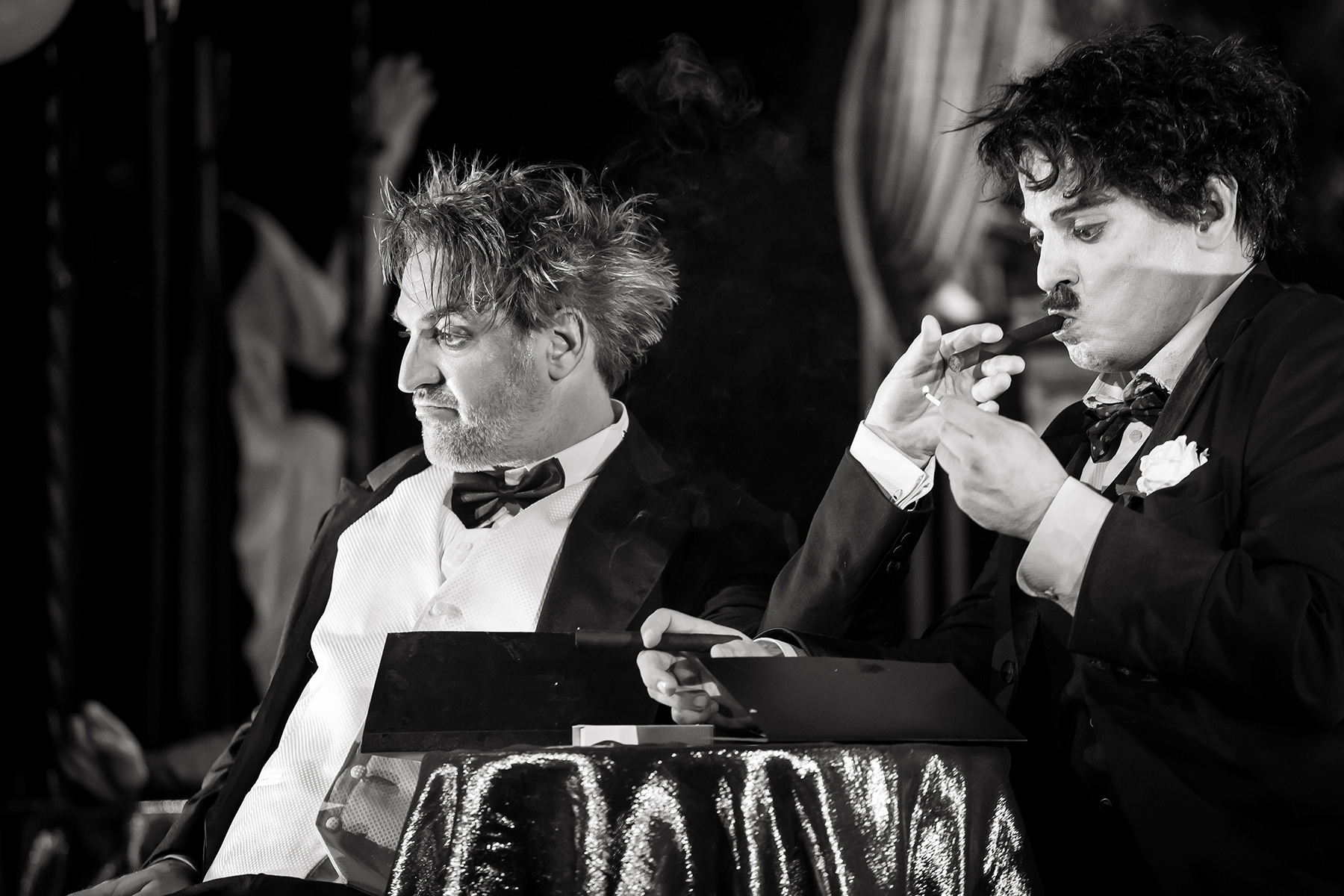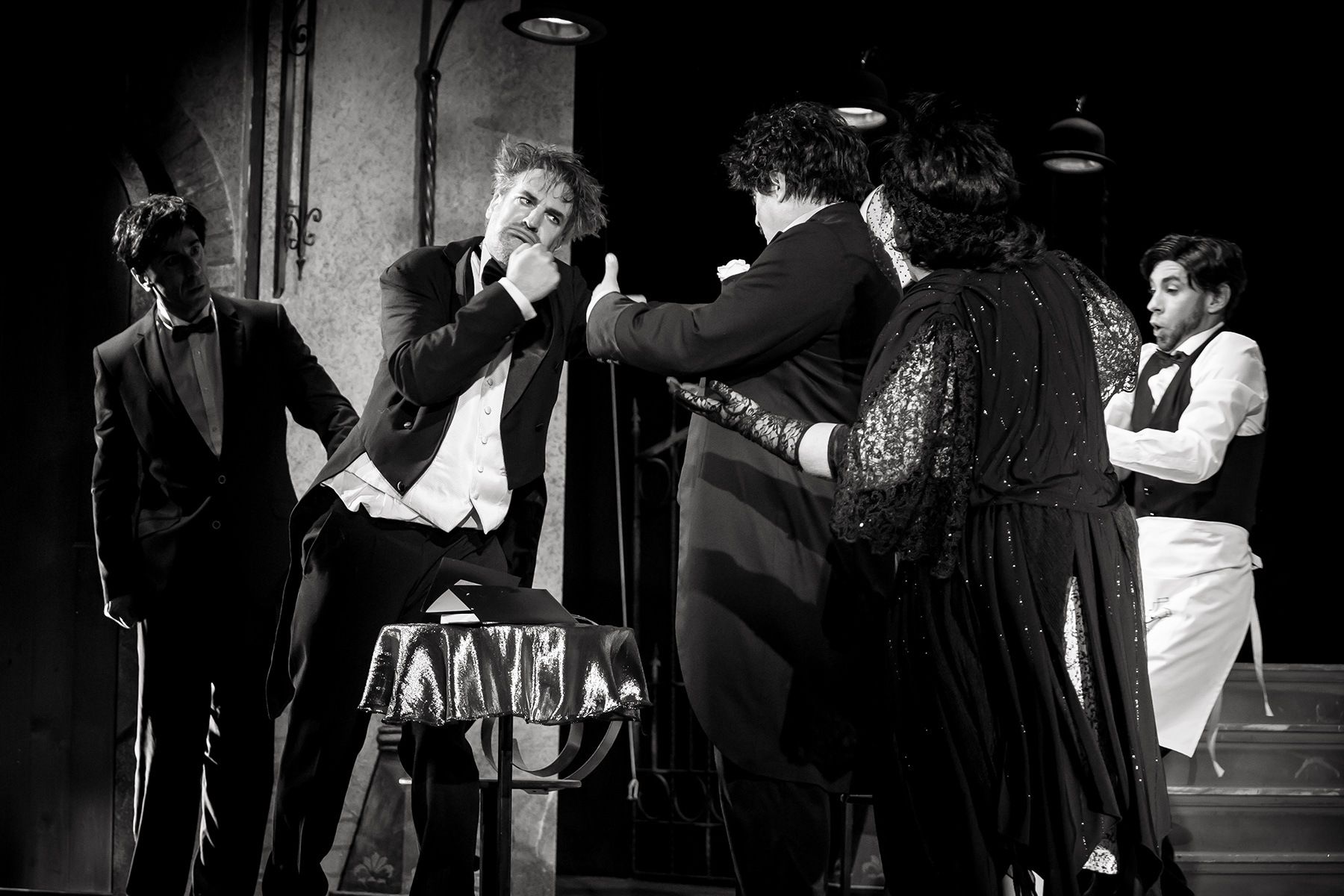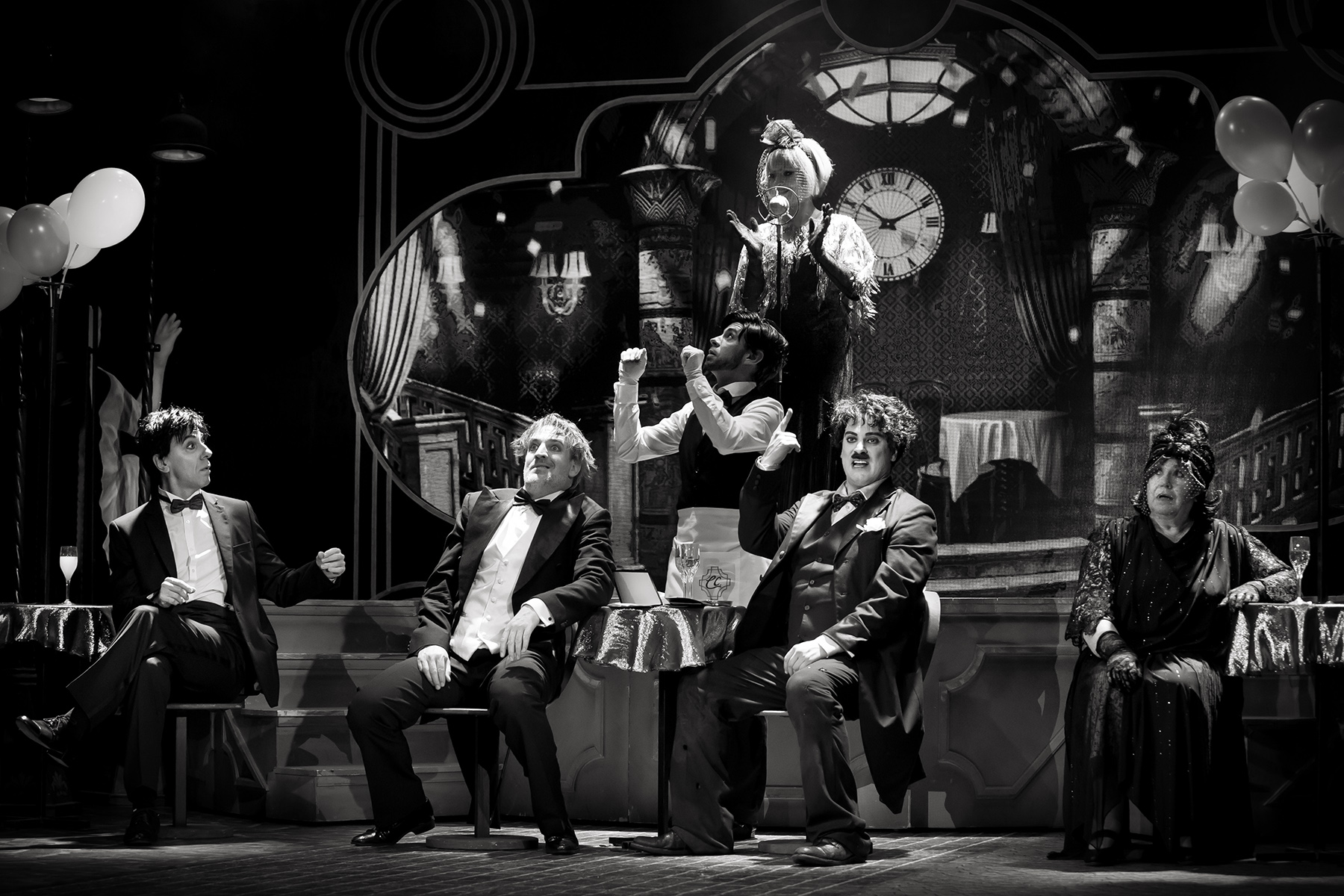Synopsis
When motion picture films were first released in the late 19th century, everyone grieved for theater. Yet the theater survived this invention of technology and even incorporated it in plays, using projections and various moving images as a setting element of many performances. However, the stage adaptation of Chaplin's silent film from 1931, City Lights, is going in a different direction.
It uses black and white visuals, highly enigmatic music but lacks any prose script or lyrics. The actors use different techniques to emphasize body language and facial expressions to evoke the style of silent films - using the spectators' imagination as a mean to bring the story to life that is both amusing and thought-provoking, saluting to the great genius of film art.
It’s not ballet, it’s not motion theater, it’s not physical theater either, it’s a unique production where the characters tell a story without talking. The relationships, the gestures, the facial expressions reveal everything for the viewers and the musical and visual worlds of the performance adds the final touch to the plot.
The play also follows Chaplin’s deservedly famous 1931 film that it creates a completely black and white world with black and white scenery and black and white costumes. During the rehearsals, the actors created their own stage language - although they already knew them well, they frequently watched the movements and ideas of Chaplin - and further advanced this to their own performances.
The well-known story in a few words:
The Tramp spends his days alone in a big city. One day, he finds himself at luck; he falls in love with a blind florist girl and saves the life of a millionaire whom he then considers to be his friend. The only downside is that the rich patron only recognizes him when he is drunk and that causes a lot of mishaps later on. Luck is turning. The Tramp cures the girl from the money he received from his rich protégé, but he gets arrested ...
At the beginning of sound film and at the peak of the world economic crisis Chaplin was not going to risk a speaking script, it would have been in great contrast with his grotesque visual appearance.
Our fantasy, vision and tools are capable to put this movie on stage, saluting before this era, before this great genius. Not a single word is said in the movie, yet it is still beautiful, sophisticated, moving, human.
Gallery
Photo Tamás G. Juhász
Cast

Tamás Bank
Producer
Tamás Bank producer, theater director, actor. Since the renewal of Játékszín in 2012, he has been the owner and director, during which time Játékszín has become a repertoire theater. The concept of the renewed theater seamlessly blends the modern and traditional elements of theatricals, sometimes thinking outside of the walls of the theater. Játékszín is one of the few privately owned theaters in Hungary that survived the challenges of the past few years and still managed to operate successfully.
His name is associated with such successful plays as the Agatha Christie adaptations: And Then There Were None and Witness for the Prosecution, the theatrical adaptation of the successful movie The Intouchables, the Hungarian premiere of Menopause by Jeanie Linders, the theatrical adaptation of Perfect Strangers with all the tickets sold till this date, a real specialty is Daniel Keyes ’play Flower to Algernon with over a 100 performances and the latest premier of the theatrical adaptation of the world-famous silent-movie City Lights which recently was awarded 6 awards at the most prestigious professional festival of Hungary. Not only does this show that the Játékszín entertains more than 150,000 viewers from night to night, but it is also a total of 400 performances in Hungarian cultural life every year.
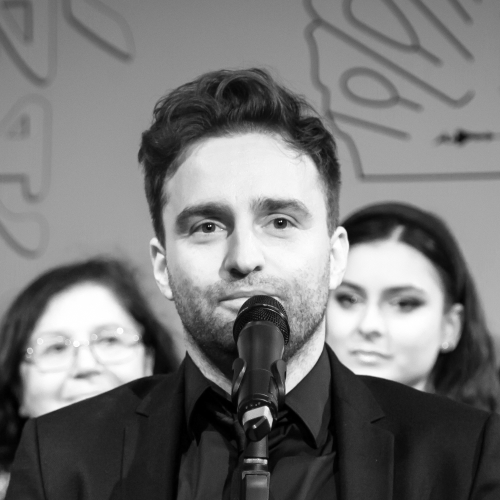
Vajk Szente
Director
The writer and director of the play, Vajk Szente (1981 - ) is one of the most talented directors of his generation, a young professional with many original ideas, who not only works as an actor but also the author of his plays on many ocassions. This was the case with his award-winning work that he’s written for the musical competition of Madách Theater at Budapest, called “Group Therapy”, which is played with utmost success at Hungarian theaters ever since its premier. Vajk Szente’s name is also associated with the adaption to stage of “The Blonde Hurricane”, a Jenő Rejtő novel, which has been running continously for several years at Játékszín, that he notes as an author and director, or “The Bachelor Party”, which he not only wrote and directed but also stars in it as one of the main characters.
He recently wrote a musical about a notable Hungarian legend, Öcsi Puskás, titled as “Puskás, the musical”, which he directed himself. He does not work all by himself, he has a wonderful supporting team, in terms of City Lights: the scenic designer is Tamás Rákay, the costume designer is Yvett Alida Kovács, the movement choreographer is Péter Lajos Túri and the composer is Levente Gulyás.
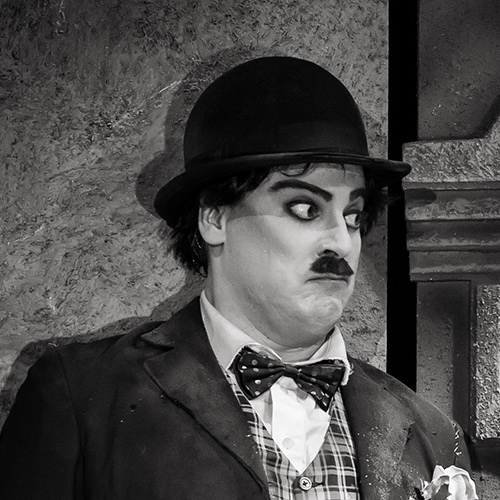
SÁNDOR NAGY
A Tramp
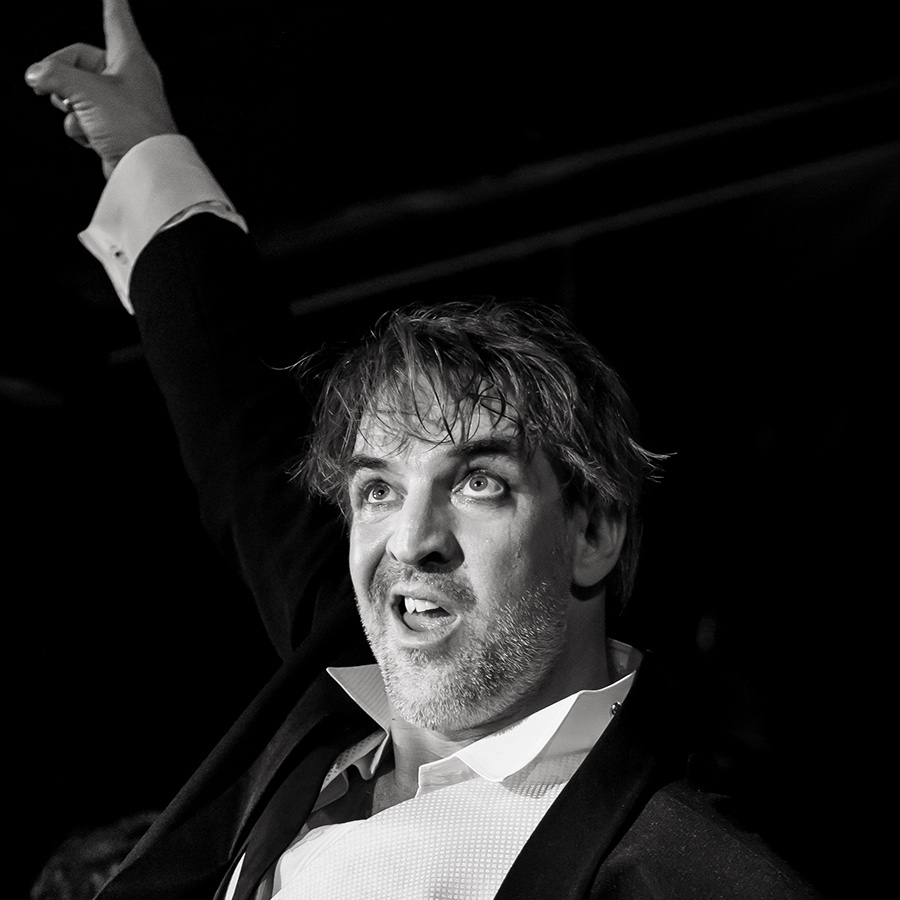
KRISZTIÁN KOLOVRATNIK
An Eccentric Millionaire
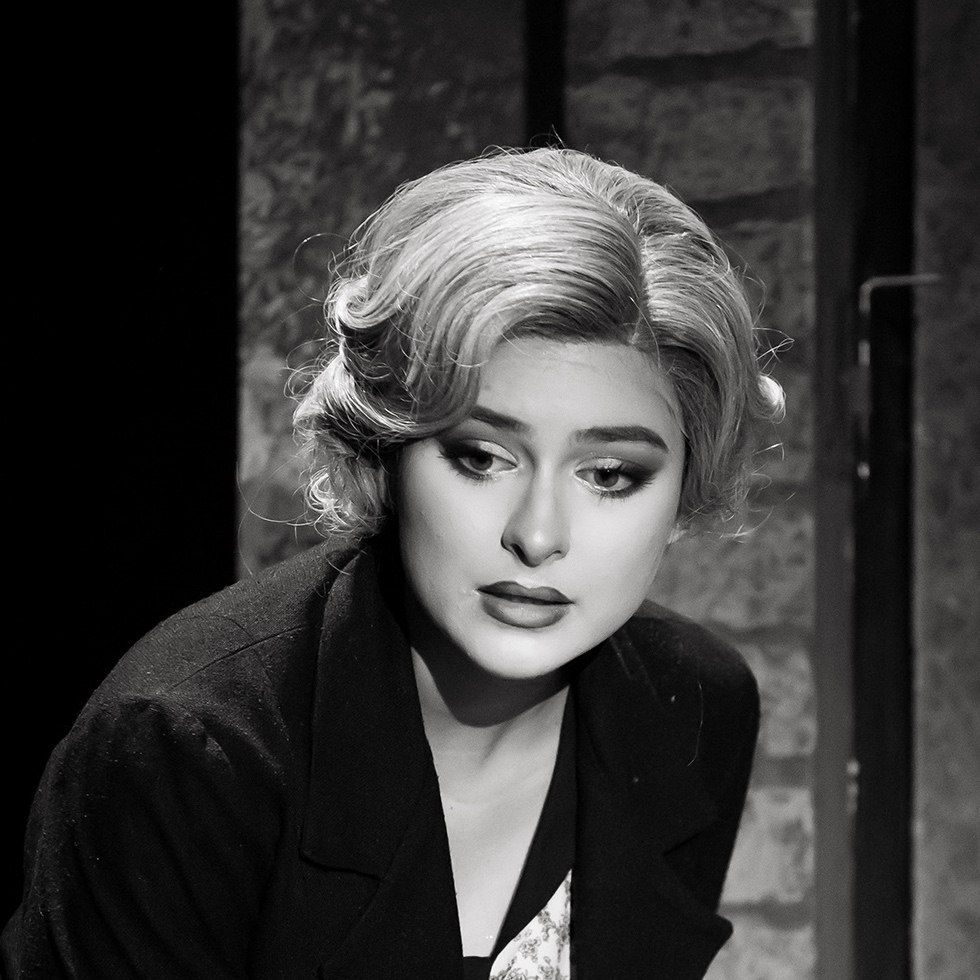
GYOPÁR KOVÁCS
A Blind Girl
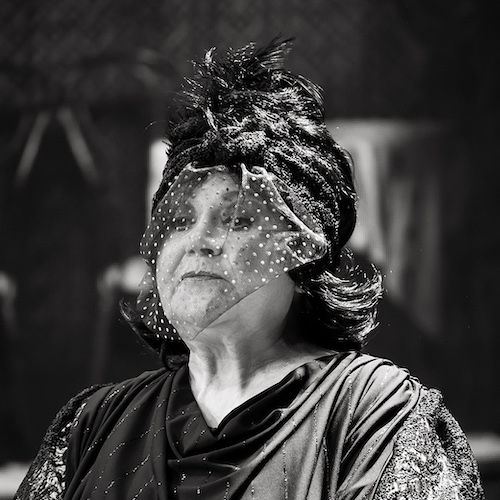
KATI ZSURZS
The Blind Girl's Grandmother
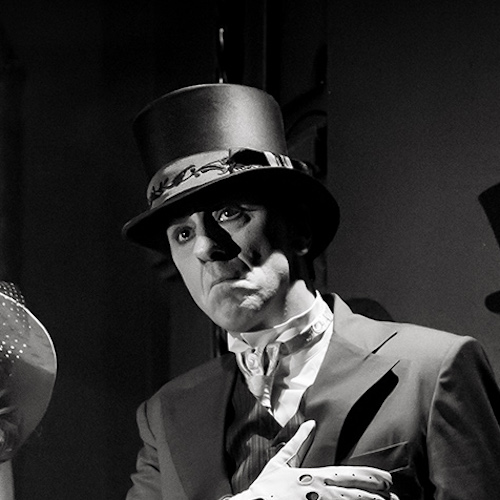
ANDRÁS CSONKA
A Prizefighter, the Millionaire's Butler, Street Sweeper, Mayor, Mechanic
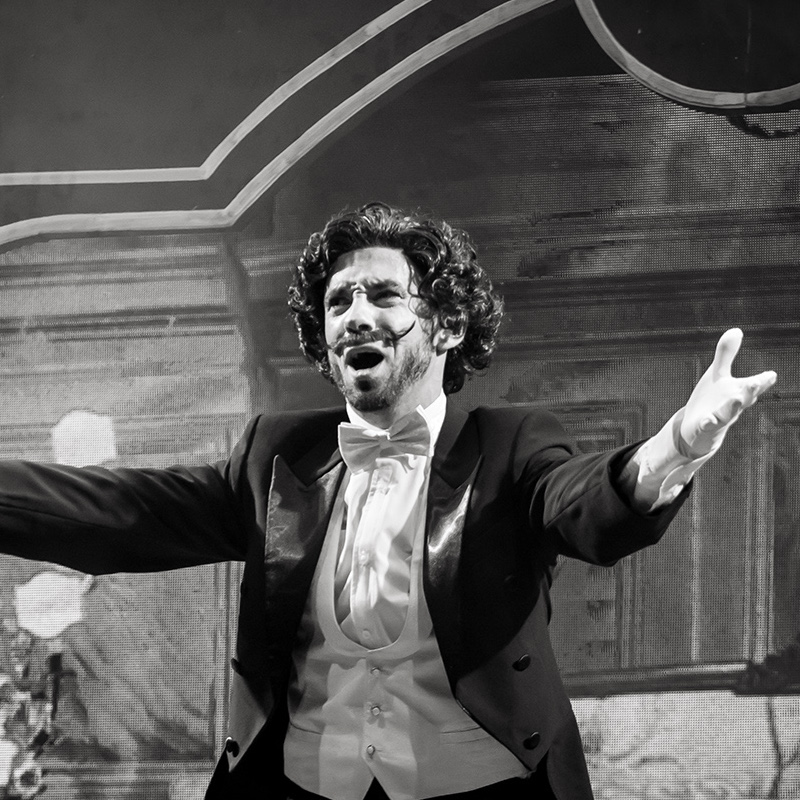
TÚRI LAJOS PÉTER
Boxing Fight Referee, Opera singer, Doctor, Waiter, Burglar, Policeman, Newsboy, Tramp

KATA GÁSPÁR
Diva, Dog, Postman, Burglar, Policeman, Newsboy, Another boxer

YVETT ALIDA KOVÁCS
Costume designer

TAMÁS RÁKAY
Scenic designer

LEVENTE GULYÁS
Composer



